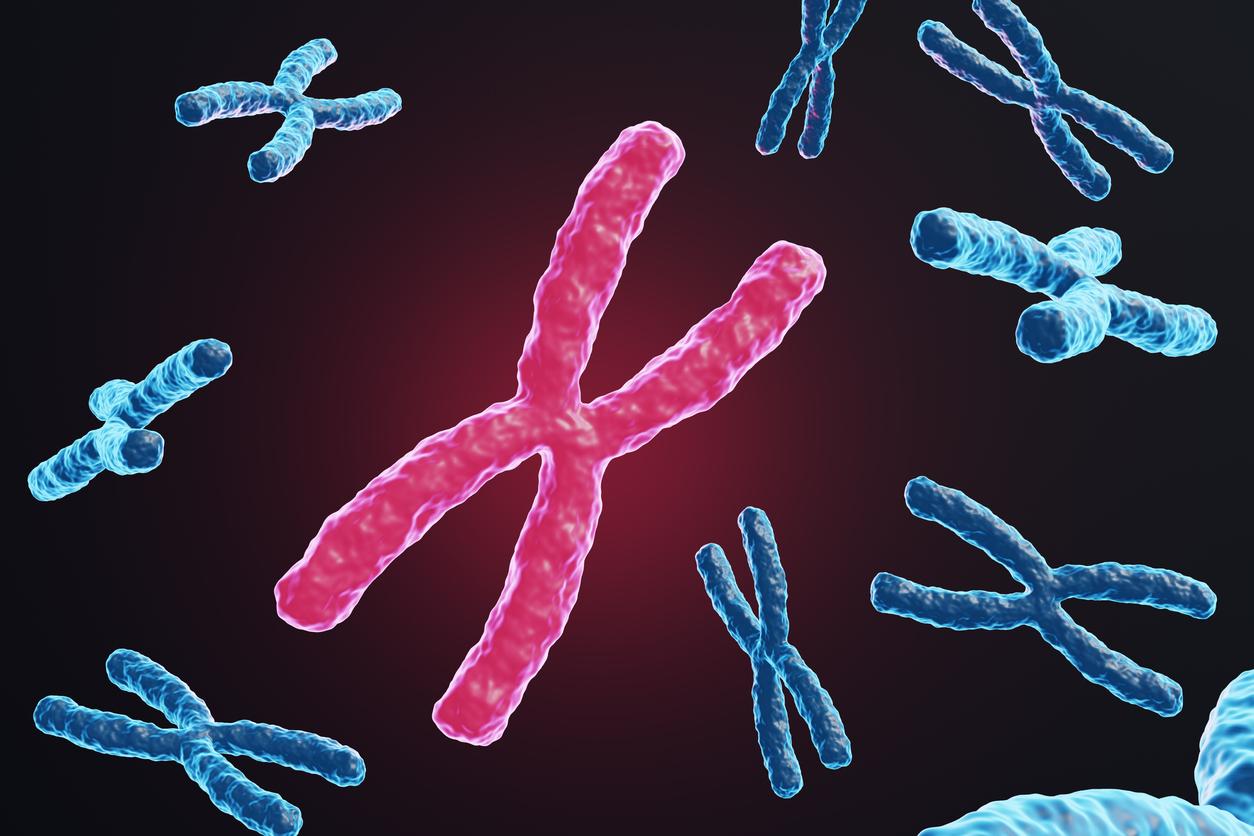This neural circuit, which was once used to determine whether we should flee or fight, also manages physical responses to stress.
-1590141664.jpg)
- Japanese researchers have discovered a neural circuit connected to the hypothalamus.
- This circuit, called DP/DTT, activates ancient mechanisms that allowed us to fight or flee from danger.
- This body/mind connection could help in the treatment of post-traumatic stress syndrome.
This is good news for people with high blood pressure and related conditions caused by stress. Researchers at the University of Nagoya (Japan) have discovered a neural circuit that drives the body’s response to stress. This discovery paves the way for the development of therapies and strategies for the treatment of symptoms caused by stress.
The researchers, whose results were published in the journal Science, said this circuit, called dorsal peduncular cortex and dorsal tapeworm tecta (DP/DTT), begins deep within the brain. It sends stress signals to the hypothalamus, a small part of the brain that controls vital body functions.
When emotional stress becomes physical
Emotional stress activates the sympathetic nervous system, triggering physical responses, such as increased blood pressure and body temperature, and increased heart rate. These reactions include the fight or flight response typical of humans and other mammals.
Nevertheless, although we rarely encounter situations in which we have to choose between fight and flight, such reactions damage the body on many levels. Too much stress can cause psychogenic fever or abnormally high body temperature.
The researchers, led by Professor Kazuhiro Nakamura and Designated Assistant Professor Naoya Kataoka of Nagoya University School of Medicine, injected tracers into the brains of a group of rats, which were made to live a stressful event such as bullying by a dominant rat.
The link with the hypothalamus
The tracers showed that the DP/DTT areas of the brain became active upon exposure to stress. To dig deeper into the role of these areas of the brain in the stress response, the researchers altered their connection to the hypothalamus and subjected the rats to the same stressful situations. This time, the rats showed no stress-induced physical responses, such as an increase in blood pressure, heart rate, or body temperature.
The study shows that the DP/DTT areas of the brain are responsible for sending stress signals to the hypothalamus. Stress symptoms in rats were reduced by blocking the DP/DTT-hypothalamus circuit, resulting in reduced stress symptoms in rats. For Professor Kazuhiro Nakamura, “DP/DTT are parts of the brain that are involved in processing emotions and stress. The DP/DTT-hypothalamus circuit we discovered represents a brain mechanism for a mind-body connection, which may be a potential target for the treatment of stress-related disorders such as panic disorder, post-traumatic stress disorder ( PTSD) and psychogenic fever.”
The physical stress response is an evolutionary mechanism that prepares the body to fight danger or flee. The rise in body temperature and the beating of the heart are part of the body’s reactions to a perceived threat. Emotional threat is included in this perception and causes psychogenic fever in mammals.
.

















